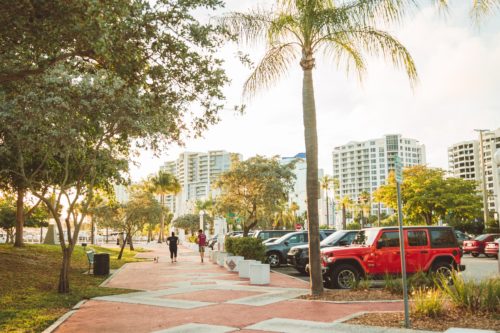Hurricane Season in Southwest Florida
If you are not local to Florida, you may experience an array of seasons: spring, summer, fall, and winter. There is one additional season that Floridians face every year, hurricane season. Hurricane season begins June 1st and ends around November 30th.
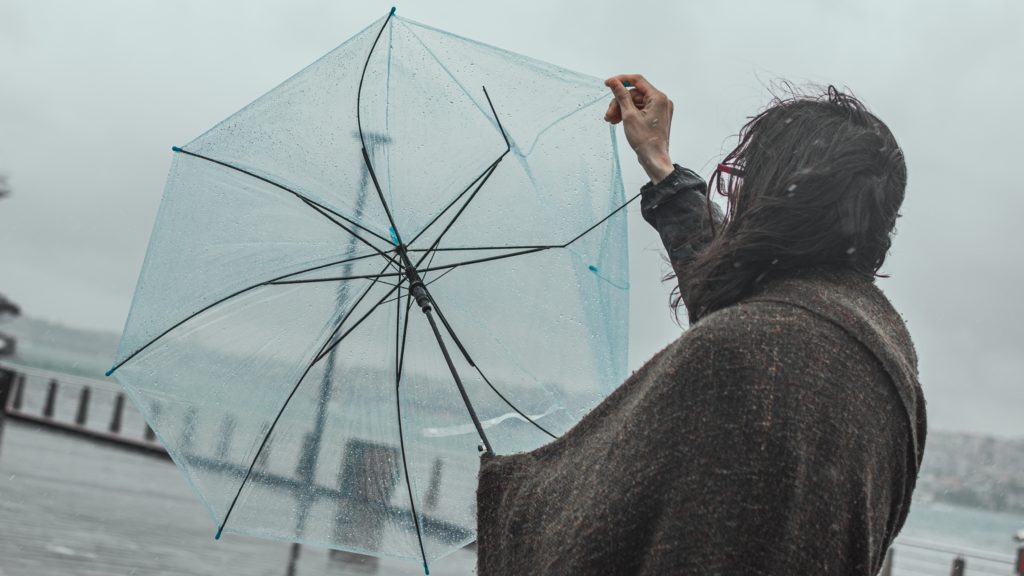
Hurricanes are large, spiraling tropical storms that can pack wind speeds of over 160 mph and unleash more than 2.4 trillion gallons of rain a day.
When vacationing in Florida, it is crucial to be aware of certain information to prepare during this season. Traveler’s insurance is always a valuable suggestion if you are traveling, especially in these months. We can suggest three things to keep in mind if you are in Florida during this time: keep informed, be prepared, and have a safety plan.
Stay Informed
Weather can be extremely unpredictable. The rainy season alone can ruin some vacation plans. Hurricanes are relatively slow-moving toward the coast, and we should be aware of them before they reach land. We suggest monitoring the weather before a trip. This can help in planning the itinerary of the trip, avoid last-minute plans, and allow you to recognize what to expect.
Another beneficial tip is to sign up for emergency notifications on your cellphone. You can sign up for this by googling the official announcement system of the counties you are present in. This will keep you informed of serious weather conditions. Below are the websites to sign up for here in Bradenton and Sarasota, Florida.
Sarasota County Notification System: https://www.alertsarasotacounty.com/
Manatee County Emergency Alerts: https://www.mymanatee.org/departments/public_safety/emergency_management/alertmanatee
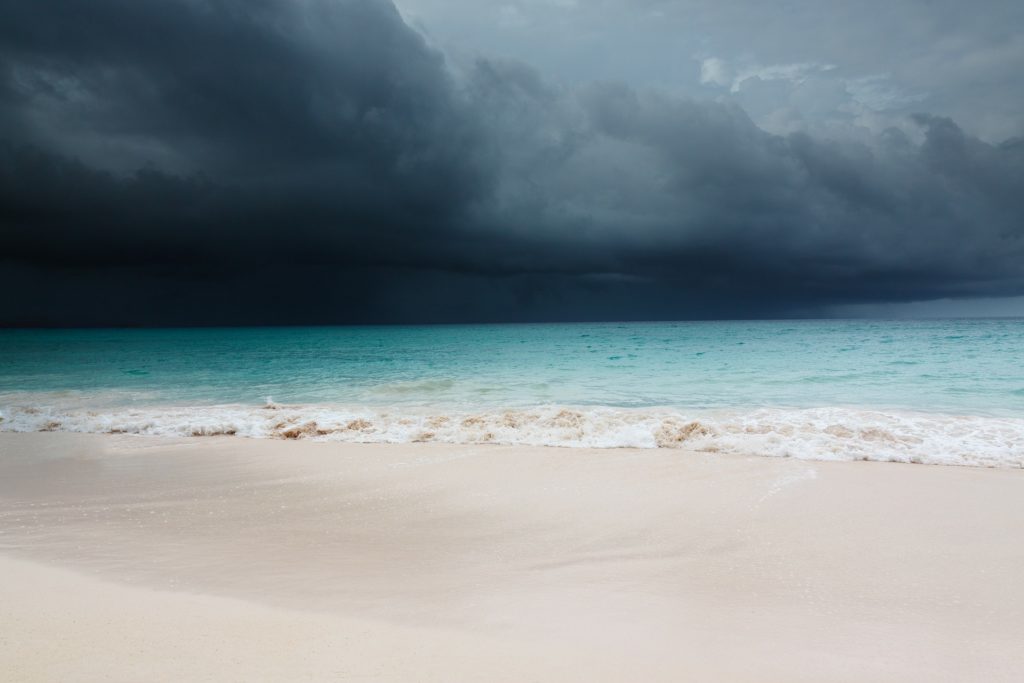
40% of the hurricanes that occur in the United States hit Florida.
Be Prepared
Each step is essential; however, this can top the list. It is necessary to be prepared in case of an emergency. Travelers insurance remains an effective way to be prepared in case of unexpected circumstances or unruly weather that result in cancellation of trips, flights or stays. Another efficient way to be ready is having a hurricane kit.
This can be put together relatively easily with a few ordinary items. Be aware, that like the toilet paper shortage during the coronavirus epidemic, people will panic and purchase excessive amounts of items, this includes gas, canned goods, and bottled water. The CDC recommends purchasing enough supplies to last you and your family seven to fourteen days.
An example of items found in a hurricane kit includes:
- Water in the amount of one gallon a day per person in the household. (Another suggestion is a bathtub full of water for washing and flushing in case of water outages)
- Nonperishable food items.
- Non-electric can opener.
- Infant and Pet supplies.
- Battery-operated radio and flashlight.
- Toilet paper.
- Gasoline for your vehicle and generators if applicable.
- Any necessary medication.
- First aid kits.
- Cash (Banks and ATMs may be closed due to power outages.)
This is only one example of a hurricane kit; you and your family may need other items. There are many checklists online for preparing emergency disaster kits. Like this one.
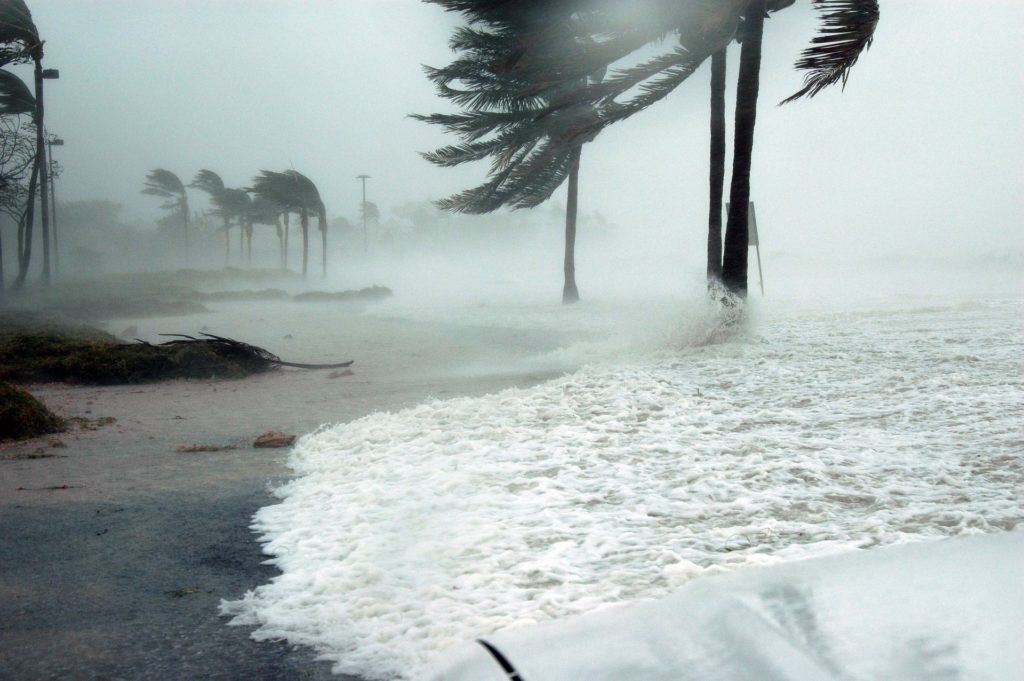
When they come onto land, the heavy rain, strong winds and heavy waves can damage buildings, trees and cars. The heavy waves are called a storm surge.
Safety In Case Of
In case of emergency, you should know a few things regarding your location. Be aware of your evacuation and storm surge zones. Make sure you have or are aware of an evacuation route, if necessary. You should also locate the closest emergency shelters to your property. The county websites below provide this information.
You should prepare the house for security, whether you are staying in the home or evacuating. To do this you must ensure that all windows are boarded, lift electronics above the expected flood height, secure the garage door if applicable, and move all unsecured outdoor furniture indoors.

The difference between a tropical storm and a hurricane is wind speed – tropical storms usually bring winds of 36 to 47 mph, whereas hurricane wind speeds are at least 74 mph.
Important Websites for Hurricane Season in Sarasota and Bradenton
This is a short list to be prepared for hurricane season. There are many more comprehensive lists present. We have compiled a beneficial list of government websites that provide valuable information in regards to hurricane preparation:
The CDC: https://www.cdc.gov/nceh/features/hurricanepreparedness/index.html
Sarasota County: https://www.scgov.net/Home/Components/News/News/4302/23
Manatee County: https://www.mymanatee.org/departments/public_safety/emergency_management
Florida Health: http://www.floridahealth.gov/newsroom/2019/05/052919-hurricane-preparedness.pr.html
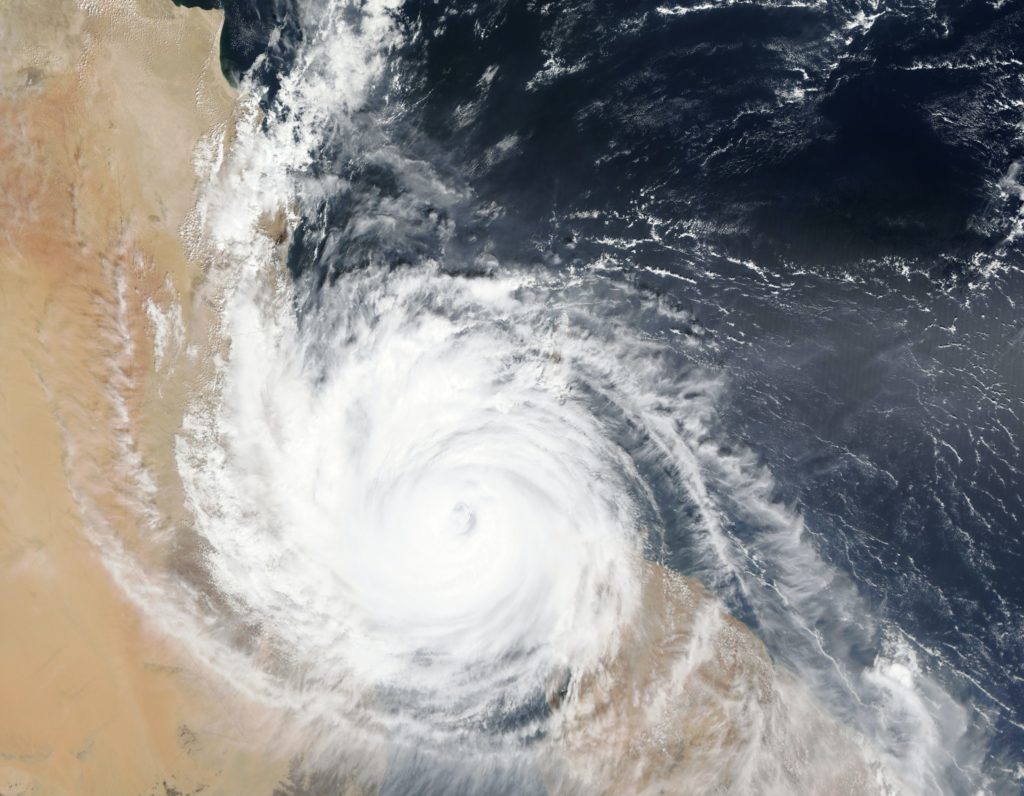
Hurricanes rotate in a counter-clockwise direction around the eye. The rotating storm clouds create the “eye wall,” which is the most destructive part of the storm.
Dosomething.org is credited for Hurricane Facts under the photographs. For more hurricane facts visit https://www.dosomething.org/us/facts/11-facts-about-hurricanes


